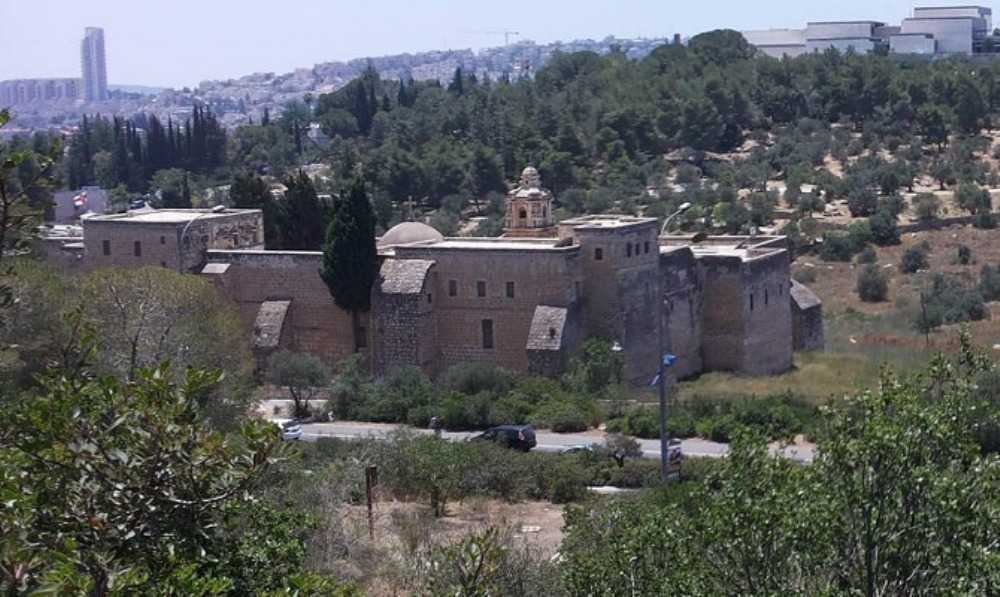According to Christian tradition, the tree that was used to build the cross of the Crucifixion was located in Jerusalem’s Valley of the Cross, which today stretches between the neighborhood of Rehavia and Givat Ram. It is said that Roman Emperor Constantine the Great consecrated the Valley in the 4th-century, and in the 11th-century, the Monastery of the Cross was built there with the help of the Georgian king.
For several centuries after its construction, the Monastery was the center of Jerusalem’s Georgian community; however, the Greek Orthodox Patriarchate took control of the compound by the late 17th-century.Like many Crusader-era buildings, the Monastery was made to last and still stands today, although the original structure constitutes only a small part of the complex. The Crusader section of the Monastery houses a church with a window that overlooks the exact site where the famed tree of the Cross is said to have grown. There are also a few remains from the 4th century – including fragments of a mosaic – a museum and the living quarters of the monks who currently inhabit the Monastery.
The church’s dome is one of the most striking features of the monastery, as are the frescoes, notably the one depicting celebrated Georgian poet Shota Rustaveli.
Photo credit: Deena Levenstein










